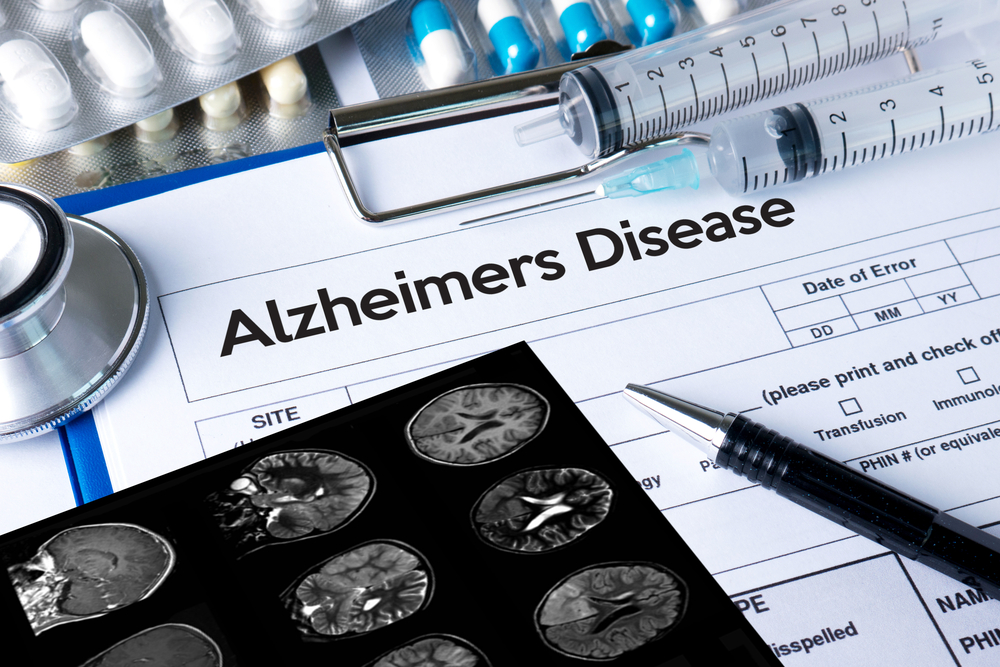A safety plan is important for a person living with Alzheimer’s as the disease progresses. Numerous changes take place in the brain as a result of Alzheimer’s disease. The stages of brain disorder depend on the individual’s age, and the symptoms include:
- Forgetting how to use simple household appliances
- Memory deficits
- Behavioural changes such as confused, suspicious, or fearful
- Physical disability like trouble with balance
- Changes in vision, hearing, and sensitivity to temperature
Those having trouble with balance and vision changes are more likely to fall or lose his/her balance. Taking safety measures can prevent injuries and helps to make a person more relaxed by making his/her independence for a longer period.
Safety measures at home
People with this brain disorder can stay in their homes if safety measures are in place. With the progression of the disease, the person’s abilities changes. But by adding flexibility and creativity, you can make home support the individual’s need and encourage independence.
- Assess your environment
A person with dementia may be at risk in certain areas of the home inside or outdoors. Give special attention to basements, garages, and areas where there are more tools, chemical, and electric appliances and other items are kept that require close supervision.
- Avoid injury during home activities
Most accidents happen to occur in the home during simple operations, like walking, eating, bathing and using toilets. It is important to take proper precautions especially at these times:
- Avoid serving hot food and beverages because the person with Alzheimer’s disease may not remember to check the temperature.
- Use walk-in showers- It allows for independent, safe movement.
- Remove any carpet or floor cloth that may cause a tripping hazard
- Don’t forget to monitor the temperature in the shower or bath. Installing an automatic thermometer is quite a good idea.
Also Read: How to Stop Alzheimer’s Before It Starts?
- Manage vision changes
Vision changes are a part of Alzheimer’s disease which makes it difficult for an individual to differentiate between colours.
- Add extra lights especially in the entry gate. Stairways, bathrooms or areas between rooms. To create an even level.
- Use night bulbs in bedrooms, bathrooms, and hall.
- Be cautious of household objects and substances
For people with dementia, even the basic appliance can become dangerous. Exercise precautions to ensure safety.
- Make sure you have appliances with an auto shut off feature.
- Install safety measures in the kitchen, Place a gas valve on the stove so a patient with Alzheimer’s disease cannot turn it on. It is a wise decision to remove the knobs. Install appliances with an auto shut off features. Consider placing them away from sinks, and water purifier. Do not keep fruits and seasoning on the table and counters.
- Safety devices should be in working position, keep working smoke detectors, fire extinguishers, and carbon monoxide detectors at your home.
- Keep knives, cleaning products, and power tools in a secure place.
- Keep the medications in a locked area.
- Firearms at home
Firearms can pose a significant risk for people living with Alzheimer’s.
- Do not keep guns at home to make sure the family’s protection from an accident.
- Be prepared for an emergency
During a hurricane or fire, or other emergency situation can significantly impact everyone’s safety include the one with dementia. The situation can be confusing for these individuals. Emergency preparation is crucial. One should prepare an emergency kit that includes:
- A pair of extra clothing
- Water bottle
- Extra medications
- A folder with important documents
- Foods or beverages
- Incontinence products
People with dementia should keep a list of emergency phone numbers and address for the hospital, poison control helplines, local police, and fire departments. Buy best medicines for Alzheimer’s online at cheap rates from reliablerxpharmacy.com.
If an emergency occurs, make sure your precautionary measures or safety plans are compatible with the person with dementia.



